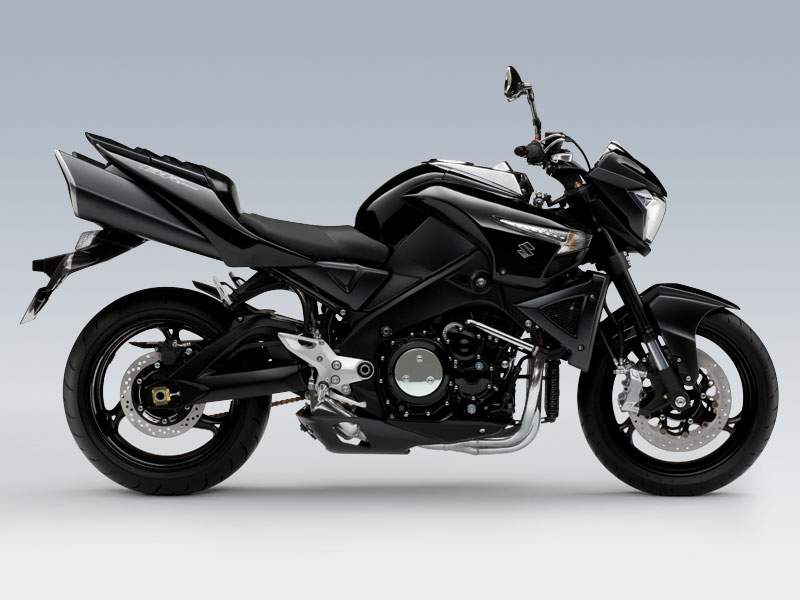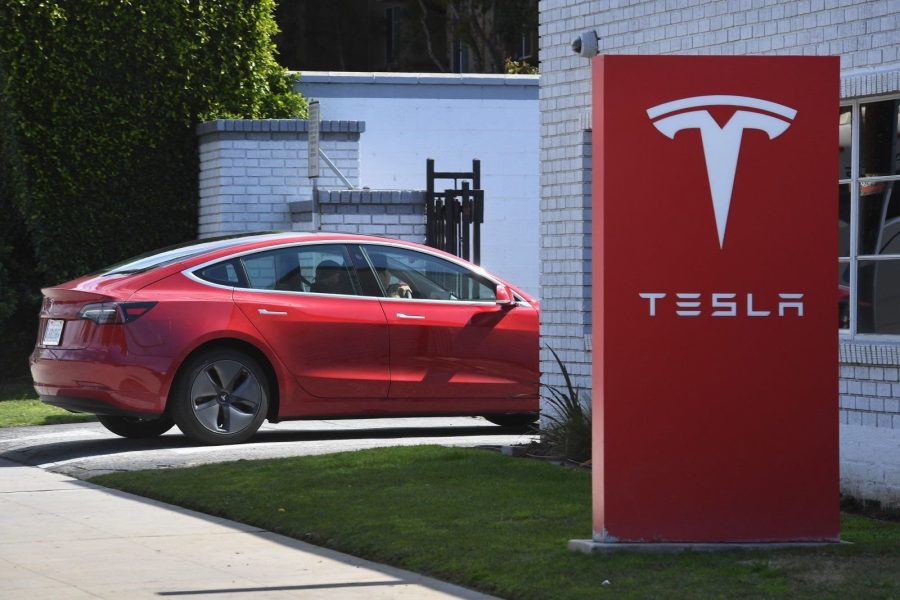
Suzuki GSX 1300 B-King
- Video
Hayabusa hit the road in 1999 and became an iconic motorcycle. With its unmistakable aerodynamic design and gate-breaking engine, it irritated riders who wanted to exceed the magic number of 300 kilometers per hour on two wheels.
Someone thought this was not enough and they even "started" the engine and even installed turbochargers? as you remember the Ghost Rider. Also at the presentation of the B-King prototype, Suzuki hinted that a road warrior with a 240mm rear tire should have an integrated turbine. Why again?
After the B-King test, which is virtually devoid of Hayabusa, we think anyone who wants even more power is crazy. But let's wait a little longer with the capacity debate. Definitely noteworthy design, and while we usually start with the front view of the bike, this time it will be the other way around.
Each observer first gets stuck in the back, where there are a couple of huge exhausts. While all manufacturers are reducing the number of mufflers and inserting them under the unit for better weight distribution, the rear of the Suzuki looks even more unusual. For some, it's terribly ugly, others say it's not even as ugly as in the photographs, and still others just say, “Hooooooo! "
The width of the motorcycle between the driver's seat and the handlebars is also surprising. The huge fuel tank contains buttons that allow you to choose between the two operating programs of the unit and control the digital part of the instrument panel with blue backlighting.
Interestingly, when we ride it, it doesn't seem so wide between the legs at all. In the knee area, the fuel tank is much narrower, and when we look at the road, we somehow forget about all this sheet metal and plastic. Once again, we realize that the King is not quite small and light when it needs to be manually moved in a parking lot or when we want to go through a series of corners a little faster.
However, Suzuki made sure that the device did not have the slightest problem with moving all this mass very quickly. Pretty damn fast!
The four-cylinder is impressive as we pull out of the parking lot. Starting at XNUMX rpm, the power is enormous, and there is no problem if you want to overtake in maximum gear on the highway.
Just turn the throttle and the B-King will float past all road users. If the asphalt under the 200 mm wide tire is not of the highest quality, the throttle lever must be handled with care, as the rear wheel in first and second gears is very willing to shift to neutral. We did not even dare to test the maximum speed of this beast.
The bike remains very stable at high speeds, but due to the lack of wind protection, drafts around the body and helmet are such that it does not allow the driver to check the speed on the motorways. Which is also good from a security point of view.
When you feel that you do not need all 183 "horses", you can turn on the B-program of the unit. The engine will respond more smoothly and acceleration will be noticeably worse, but still more than satisfactory for driving in traffic.
Fuel consumption will also be reduced, which is a good six for moderate driving and about eight liters per 100 kilometers for slightly faster driving. We weren't able to achieve higher fuel consumption as it simply wasn't necessary to constantly rev the Suzuki up to high revs.
In short, the power is too much, but on the other hand, it also means comfort, as the driver does not need to use the gear lever often for a brisk ride. The driving performance of this giant is also surprisingly decent. If you're worried about weight, just buy the liter supercar that almost every slightly daring rider already owns.
But not everyone has a B-King. The charm of this bike is in its capabilities and in the fact that it is exclusive today and will be in five or ten years from now. The king became a legend by birth.
Test car price: 12.900 EUR
engine: inline 4-cylinder, 4-stroke, 1.340 cm? , liquid cooling, 16 valves, electronic fuel injection.
Maximum power: 135 kW (181 KM) at 9.500/min.
Maximum torque: 146 Nm @ 7.200 rpm
Energy transfer: Transmission 6-speed, chain.
Frame: aluminum.
Suspension: front adjustable inverted telescopic fork, rear adjustable single shock.
Тормоза: two coils ahead? 320mm, radially mounted brake pads, rear disc? 240 mm.
Tires: before 120 / 70-17, back 200 / 50-17.
Wheelbase: 1.525 mm.
Seat height from ground: 805 mm.
Weight: 235 kg.
Fuel: 16, 5 l.
Representative: Moto Panigaz, doo, Jezerska 48, Kranj, 04/2342100, www.motoland.si.
We praise and reproach
+ visibility
+ power and torque
+ driver position
- weight
- without wind protection
Matevž Hribar, photo :? Sasha Kapetanovich
